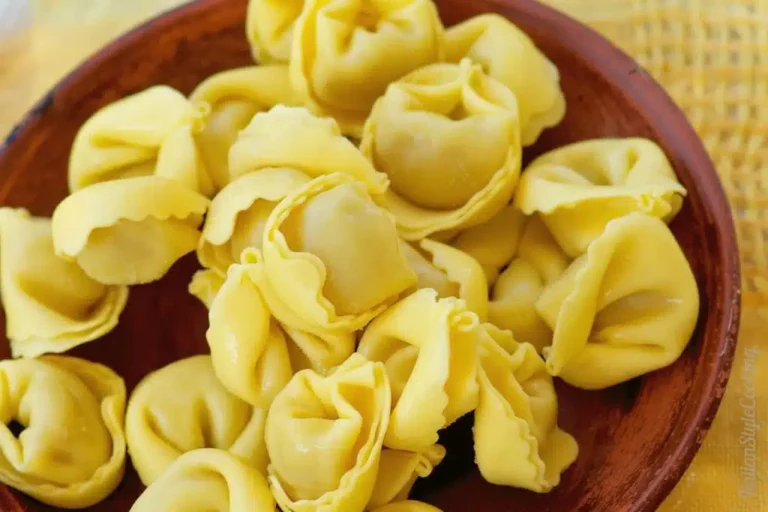
The journey of wieners, from humble beginnings to their place as gourmet delights, is a fascinating story of culinary evolution. Rooted in history and culture, these beloved sausages have traveled continents, adapting to various cuisines and lifestyles. Whether enjoyed as affordable street food or presented as high-end cuisine, wieners hold a special place in the hearts (and stomachs) of people worldwide. In this article, we explore wieners history, evolution, and cultural significance.
The Origins of Wieners: From Sausage to Street Food
Where Did Wieners Come From?
The origins of wieners trace back to ancient civilizations where sausages were created as a practical way to preserve meat. These early sausages were a solution to food storage issues, as they utilized cured and seasoned meat stuffed into casings. Over time, they gained popularity in European countries such as Germany and Austria. The name “wiener” originates from Vienna (“Wien” in German), where these sausages became a culinary staple. Traditional recipes highlight simple yet flavorful ingredients, reflecting the ingenuity of early sausage makers.
Wieners in European Food Culture
In Europe, wieners became more than just food; they were an integral part of social gatherings and festive occasions. German bratwursts and Austrian wienerwursts are prime examples of how regional sausage variations define local culinary heritage. These sausages were often paired with bread, mustard, or pickles, forming the basis for what would later become street food staples. Their versatility and flavor made them a favorite among people from all walks of life.
The Evolution of Wieners in Modern Street Food
Street Food Classics: Wieners Take Over Urban Markets
By the 19th century, wieners had become a popular street food in bustling urban centers. Affordable, portable, and delicious, they appealed to workers and travelers alike. Vendors in the United States innovated by serving wieners in buns, creating the iconic hot dog. This simple yet revolutionary idea made wieners synonymous with street food. The adaptability of wieners allowed them to thrive in a variety of settings, from city streets to sports stadiums.
How Hot Dogs Became Synonymous with Wieners
The term “hot dog” became widely recognized in the early 20th century, particularly in America. The rise of hot dog carts and baseball stadium vendors cemented their status as an all-American snack. Today, regional adaptations like Chicago-style hot dogs and Coney Island classics showcase the cultural significance of wieners in different parts of the world. These adaptations often include diverse toppings and presentation styles, making hot dogs a versatile culinary experience.
The Rise of Gourmet Wieners
What Makes a Wiener Gourmet?
The transformation of wieners into gourmet cuisine reflects changing food trends and consumer preferences. Gourmet wieners are characterized by high-quality ingredients, artisanal preparation methods, and unique flavor combinations. Chefs and food enthusiasts have elevated wieners by incorporating exotic spices, premium meats, and creative toppings. From truffle-infused sausages to plant-based alternatives, gourmet wieners cater to a wide range of dietary preferences and culinary interests.
Examples of Gourmet Wieners Around the World
Gourmet wieners are now a global phenomenon. In Japan, sausages are paired with delicate sauces and garnishes. In Europe, chefs experiment with premium meats and exotic spices, elevating the traditional wiener into a culinary masterpiece. The United States offers unique takes, such as bacon-wrapped wieners or those served with avocado and sriracha. Notable brands and restaurants have embraced this trend, bringing creativity and innovation to the humble wiener.
How Wieners Reflect Cultural Significance

Traditional Recipes Passed Down Generations
Many traditional recipes for wieners have been passed down through generations, preserving culinary heritage. These recipes often feature simple, natural ingredients and time-honored techniques that reflect the culture and history of their origin. Traditional wieners, like German bratwursts or Polish kielbasa, hold a special place in regional cuisines and are celebrated during festivals and family gatherings.
Global Adaptations of Wieners
Across the globe, wieners have been adapted to suit local tastes. For instance, spicy sausages dominate menus in South America, while Asian cuisines incorporate wieners into noodle dishes and stews. In Scandinavia, wieners are enjoyed with mashed potatoes and lingonberry jam. These adaptations highlight the universal appeal of wieners as a versatile ingredient that resonates with diverse cultural preferences.
Conclusion
Wieners have journeyed far from their humble beginnings as a practical solution for meat preservation to becoming a beloved culinary staple worldwide. Their versatility and adaptability have allowed them to transcend cultures, evolving into everything from affordable street food to gourmet delights. Whether enjoyed in their traditional forms or as creative modern adaptations, wieners remain a symbol of innovation and cultural significance in the culinary world. Their enduring appeal proves that even the simplest of foods can carry rich history, connect people, and inspire endless creativity.
FAQs
How did wieners originate?
Wieners originated from sausages, which were developed in ancient civilizations as a way to preserve meat. Over time, they evolved into popular street food items.
What makes a wiener gourmet?
Gourmet wieners use high-quality ingredients and unique flavors, such as truffles or exotic spices, and are often prepared using artisanal methods.
How are wieners different across cultures?
Cultural adaptations of wieners include unique spices, fillings, and serving styles, making them diverse and reflective of local traditions.
Why are wieners considered street food?
Wieners are easy to prepare, affordable, and portable, making them a staple in street food culture worldwide.
What is the connection between hot dogs and wieners?
Hot dogs are a type of wiener that gained popularity in the U.S., known for being served in buns with various toppings.





